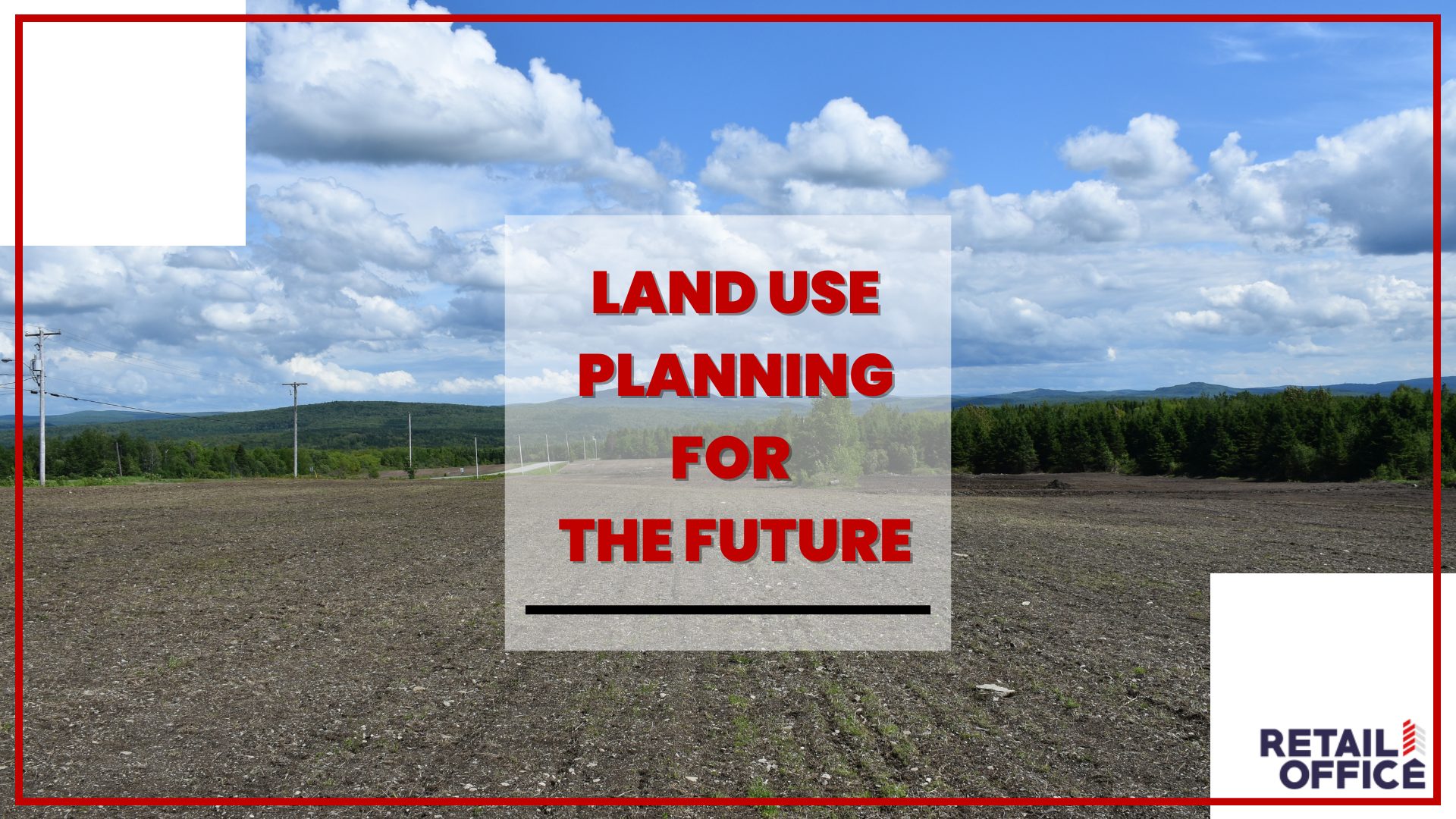Discovering the Vital Role of Land Use Planning
Land Management is like a roadmap that shapes how our communities will grow and evolve in the future. It’s a strategic way of managing and organising our land. Think of it as a thoughtful plan that carefully decides what each piece of land should be used for – whether it’s for homes, schools, parks, or businesses. This planning method ensures that our towns and cities grow in a way that’s both efficient and environmentally friendly, preserving the natural beauty of our surroundings while improving our quality of life.
The Role of Land Planning in Community Development
Effective land planning plays a pivotal role in shaping vibrant, resilient, and inclusive communities. It involves a multifaceted approach encompassing zoning regulations, urban design guidelines, infrastructure development, environmental conservation, and public participation. These elements collectively contribute to the creation of liveable and sustainable spaces.
Challenges and Considerations in Land Management
Balancing the interests of various stakeholders, managing urban sprawl, addressing affordable housing needs, and mitigating environmental impact are some of the challenges in land planning. Striking a harmonious equilibrium between development and preservation is crucial to overcoming these challenges.
Best Practices for Effective Land Use Planning
Promoting mixed-use development, adopting transit-oriented development (TOD) principles, incorporating green building practices, and integrating smart city technologies are key strategies for effective land planning. These practices foster environmentally friendly and socially inclusive communities.
The Future of Land Planning: Adapting for Sustainable Development
The future of land planning lies in embracing sustainable and resilient development practices. Adapting to changing demographics, lifestyles, and technological advancements is imperative. Harnessing innovation while prioritising sustainability will shape the landscape of future communities.
Case Studies: Showcasing Successful Land Management Initiatives
Highlighting successful projects and initiatives that have effectively implemented land use planning strategies. These include sustainable city development projects, urban regeneration initiatives, and innovative rural development strategies.
Stakeholders and Collaborations in Land Use Planning
Discussing the vital role of various stakeholders such as government bodies, private developers, businesses, and community engagement groups in driving successful land planning. Collaboration among these entities is essential for comprehensive and sustainable development.
Evaluating the Impact and Success of Land Use Planning
Examining methods to evaluate the effectiveness of land use plans through metrics and indicators. Assessing the social, economic, and environmental impacts to adapt plans to changing needs and circumstances.
Assessing the success and effectiveness of land planning is crucial in ensuring its impact aligns with the needs of communities. Here’s a discussion tailing the exploration of these evaluations:
Evaluating the effectiveness of land use planning is akin to reviewing its accomplishments and determining if it truly serves the intended purposes. Metrics and indicators serve as yardsticks to measure this success. These metrics delve into various aspects, touching upon social, economic, and environmental factors, providing a comprehensive analysis.
Measuring Success: Metrics and Indicators
Land use planning effectiveness hinges on quantitative and qualitative measurements. Metrics such as population density, infrastructure development, and land allocation efficiency play a crucial role. These metrics enable planners to gauge the utilisation of land resources, identifying any inefficiencies or overuse and helping to rectify them.
Qualitative indicators, on the other hand, assess the qualitative aspects of the plan’s success. This could encompass community satisfaction, quality of life improvements, and preservation of cultural heritage. These subjective measures gauge the societal and cultural impact of the plan, reflecting the broader sense of well-being.
Assessing Social, Economic, and Environmental Impacts
Land Management evaluations should encompass multifaceted impacts. Social factors focus on how the plan contributes to community well-being, including accessibility to amenities, social cohesion, and inclusivity.
Economic indicators delve into the financial impact, considering aspects like property values, economic growth, job opportunities, and tax revenues. This evaluation helps assess the economic health and sustainability of the community.
Environmental impact assessments gauge the plan’s effects on natural resources, biodiversity, climate resilience, and sustainability. It aims to maintain a balance between development and conservation, ensuring environmental stewardship.
Adapting Plans for Changing Needs and Circumstances
Given the dynamic nature of communities, it’s pivotal to adapt land use plans to evolving needs and circumstances. This adaptability ensures that plans remain relevant and effective over time.
Periodic reviews and updates to land use plans are essential. These reviews should involve community engagement, incorporating feedback from residents, businesses, and stakeholders. This collaborative approach ensures that plans are responsive to changing demographics, technological advancements, and environmental considerations.
In essence, effective land planning hinges on ongoing evaluation, embracing the evolving needs of communities, and ensuring that plans remain flexible and responsive to change.
FAQs on Land Use Planning
- What is the primary goal of land use planning? Ans: Land Management aims to regulate the use and development of land to create sustainable, functional, and cohesive communities. Its primary goals include e efficient land allocation, environmental preservation, infrastructure development, and fostering communities that are economically viable and socially equitable.
- How does land planning affect property values in a community? Ans: Well-executed land planning can positively impact property values by ensuring a balanced and appealing environment. Effective planning that incorporates green spaces, amenities, and well-connected infrastructure can enhance property values. However, inadequate planning, zoning issues, or lack of amenities may negatively impact property values.
- What are the common challenges in implementing land use plans? Ans: Several challenges may arise during the implementation of land use plans. Common issues include conflicting interests among stakeholders, resistance to change, financial constraints, regulatory hurdles, and the complexity of integrating diverse perspectives into a cohesive plan.
- How can individuals get involved in community land use planning decisions? Ans: Community involvement in land management is crucial. Individuals can participate by attending public meetings, providing input during community consultations, joining local planning committees or neighbourhood associations, and expressing their opinions to local authorities or planning departments. Engaging in discussions and staying informed about proposed developments can empower individuals to contribute to decision-making processes.
Citation: https:
https://trreb.ca/index.php/market-news/housing-market-charts
